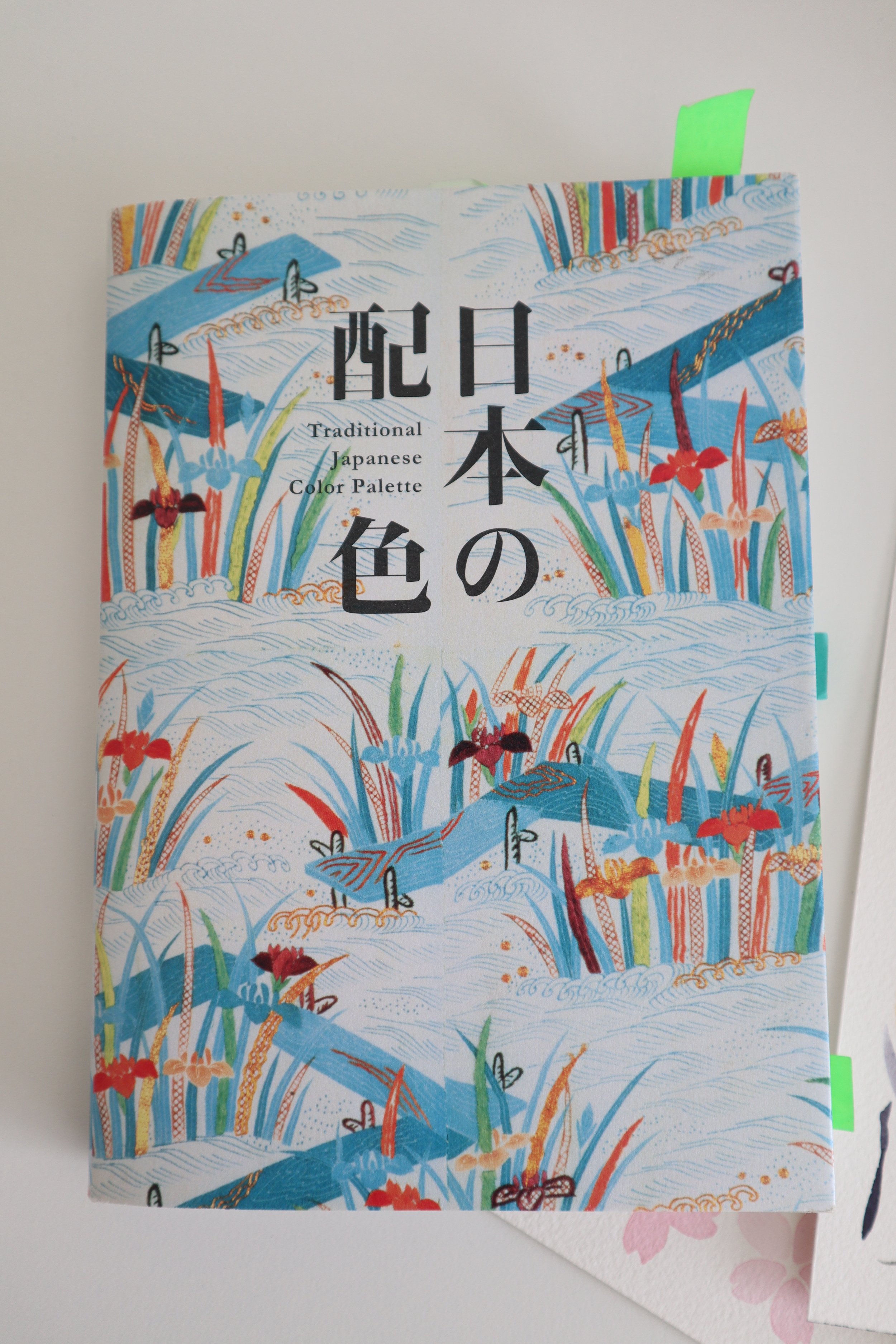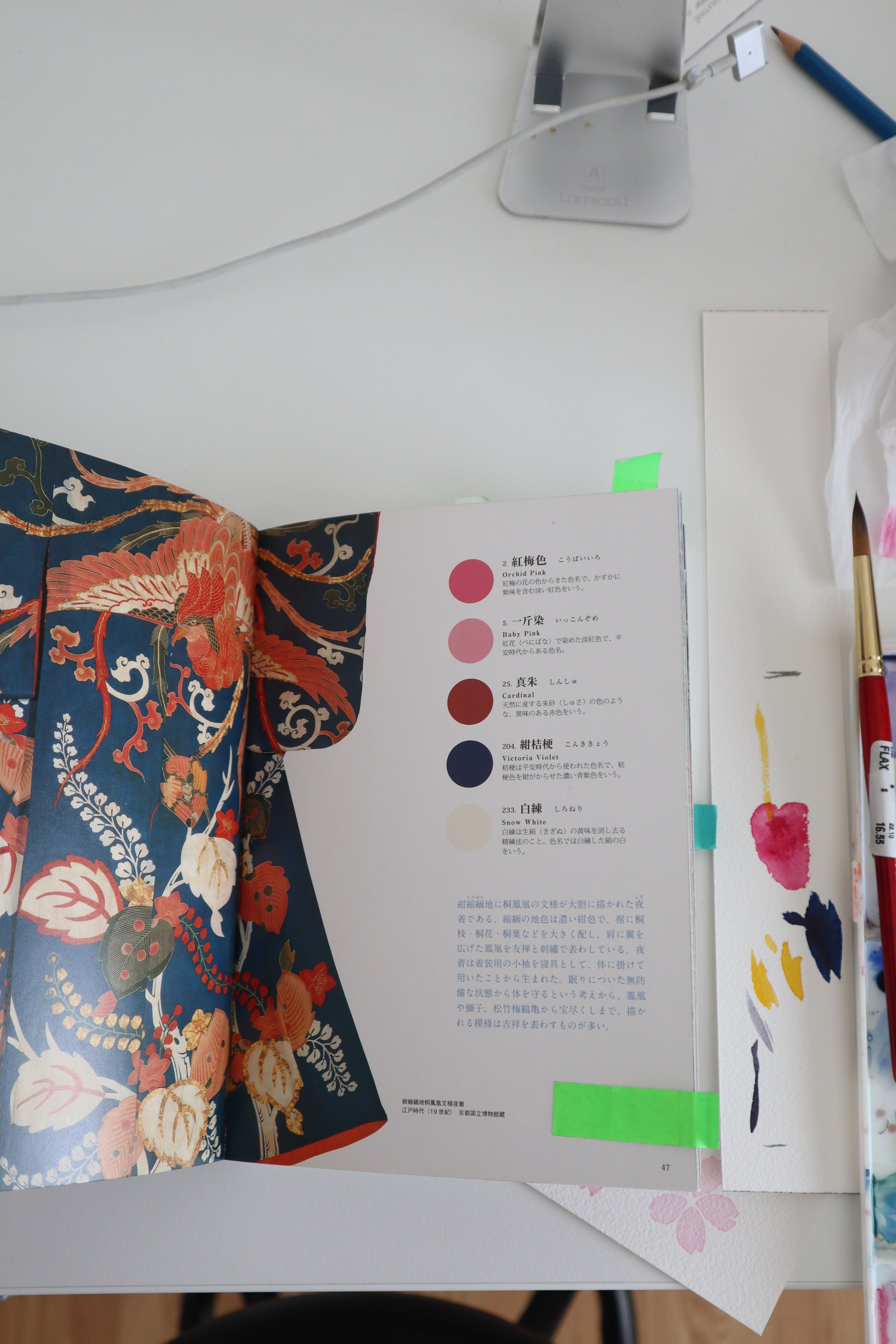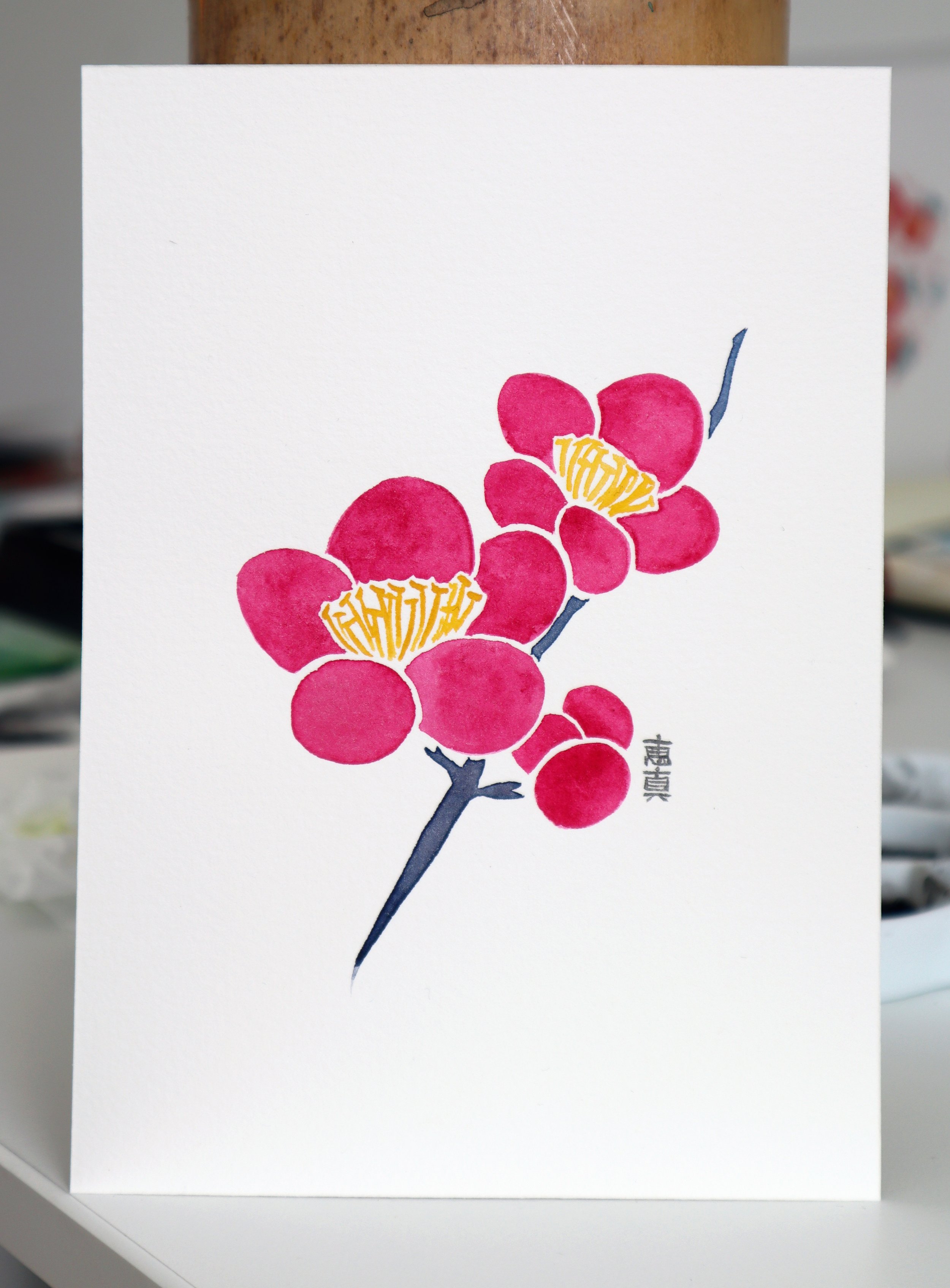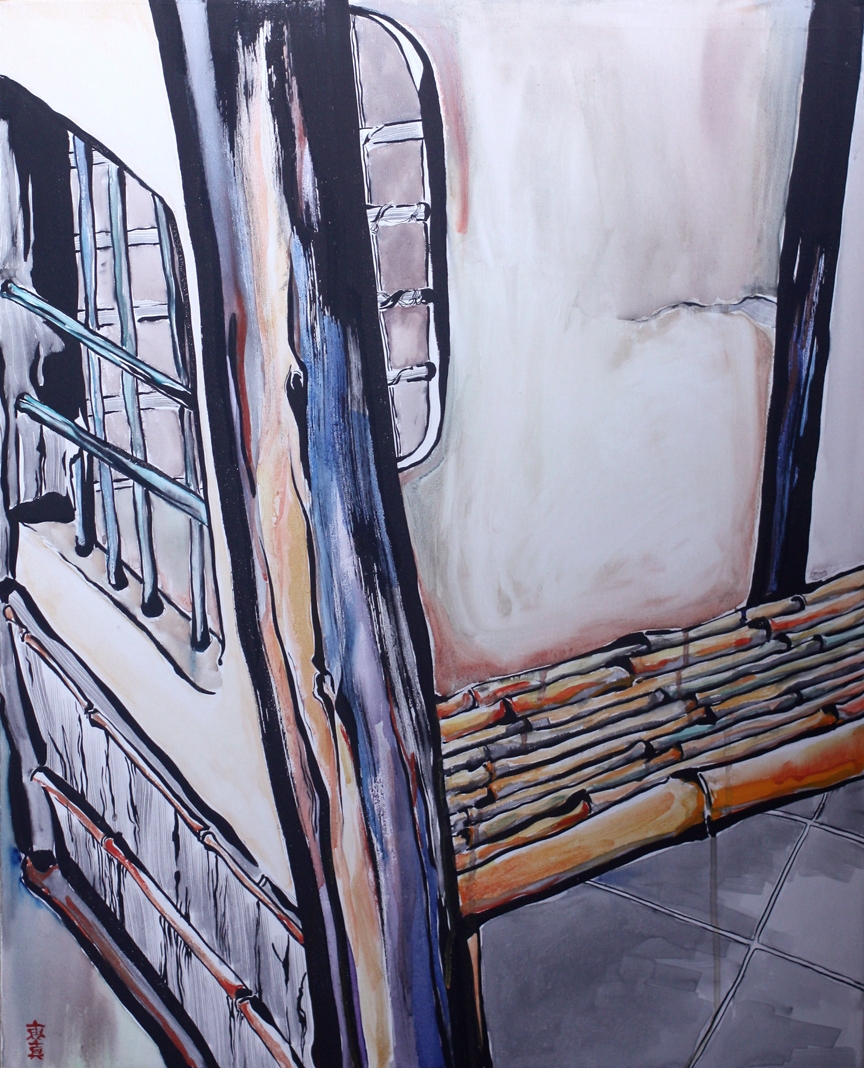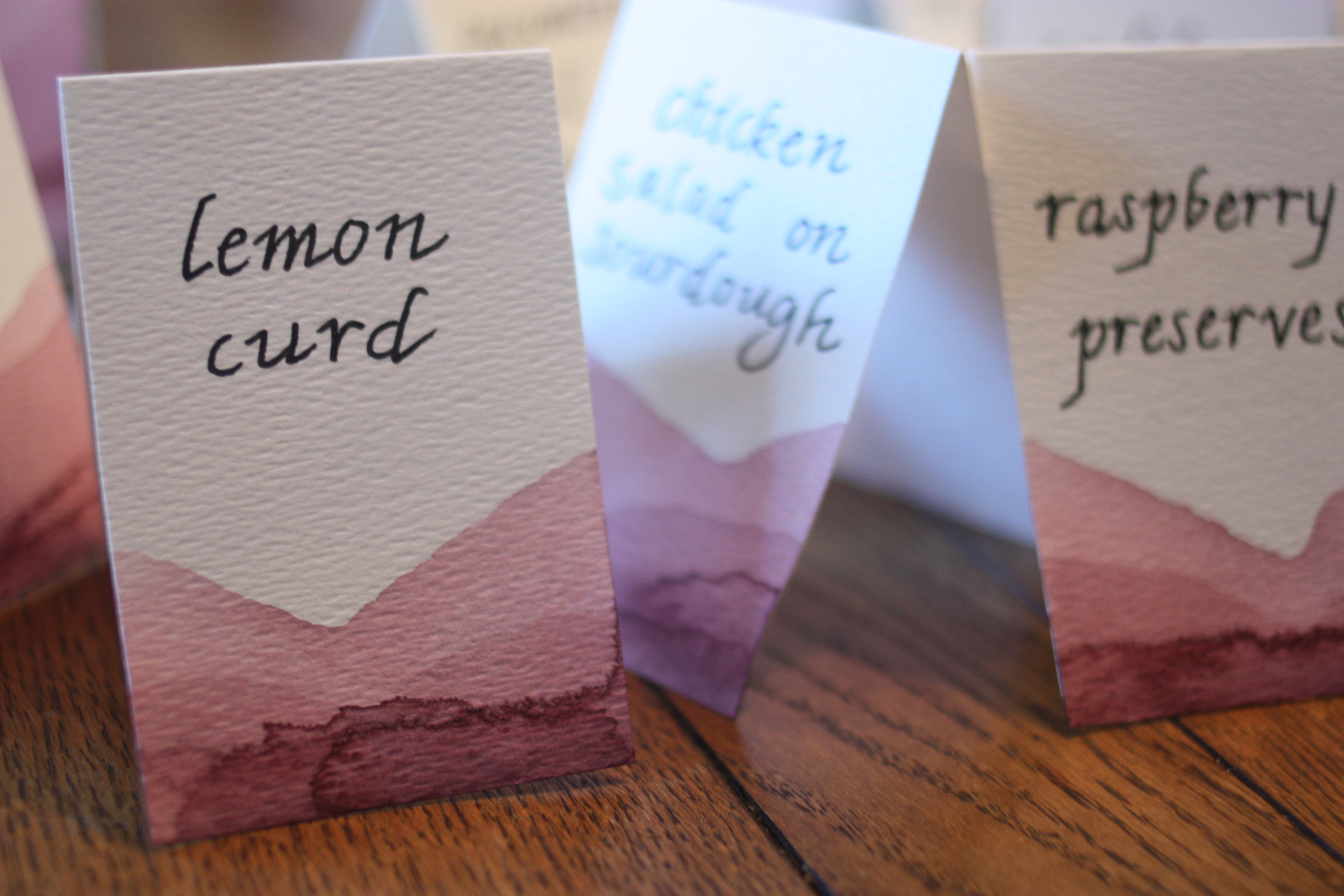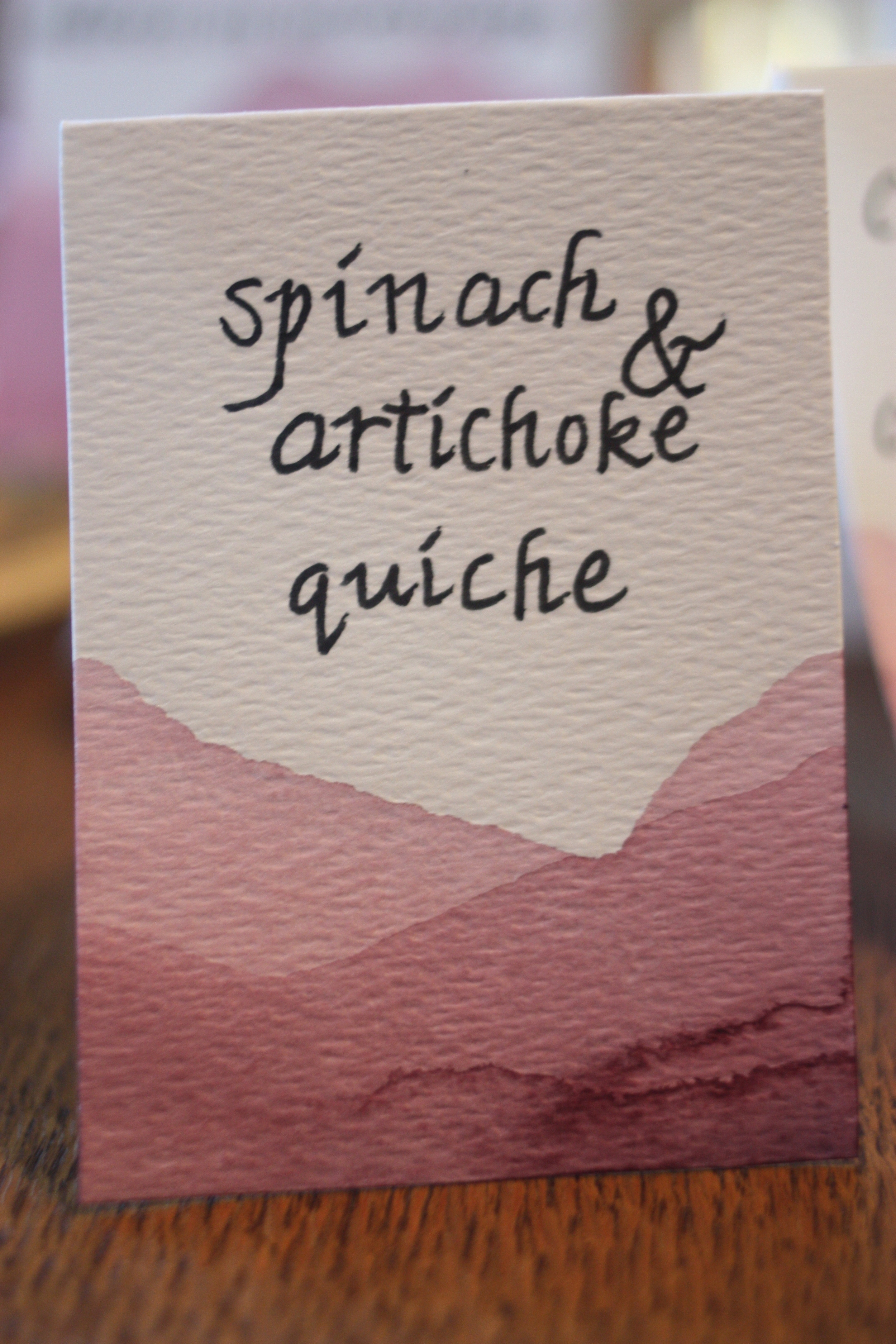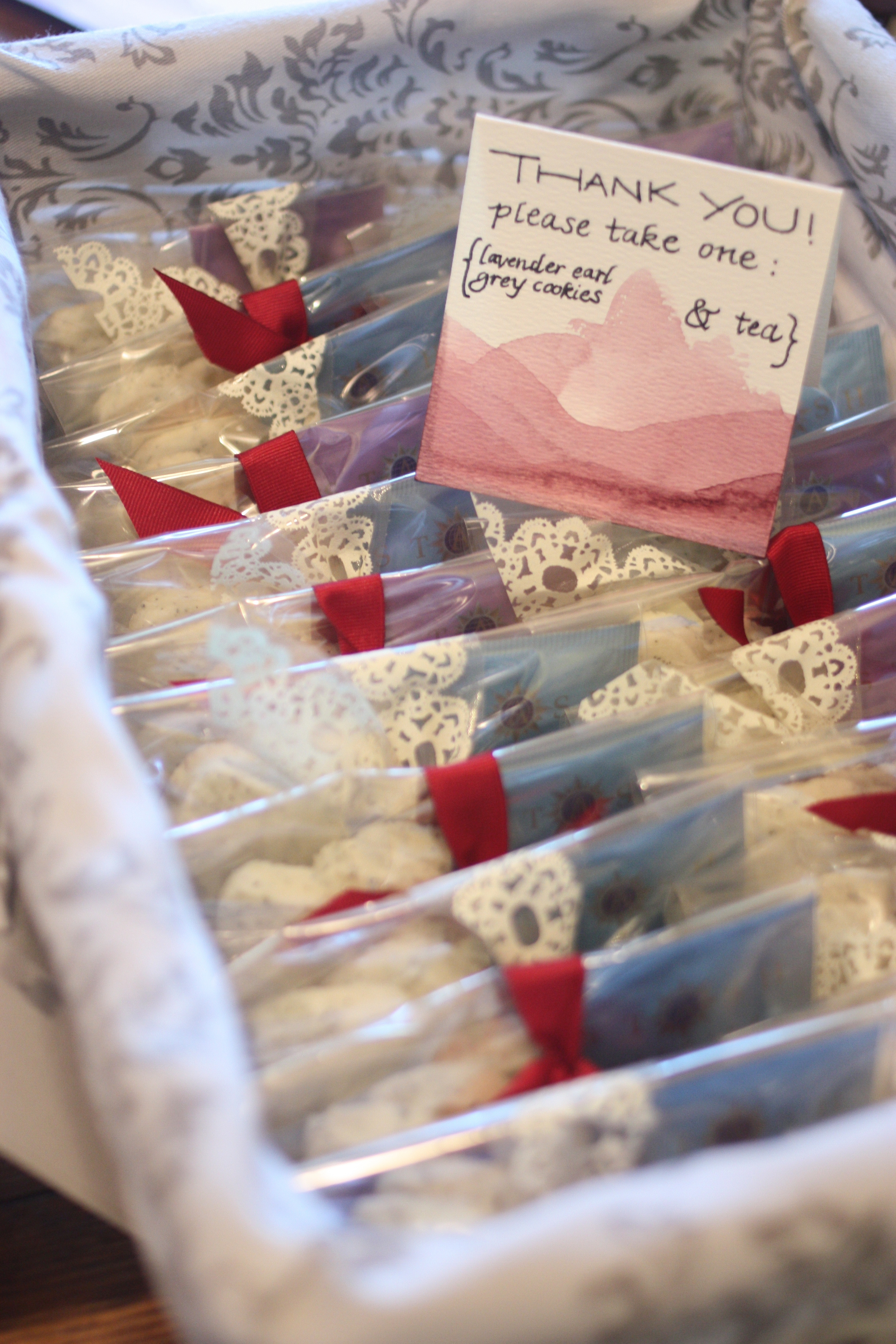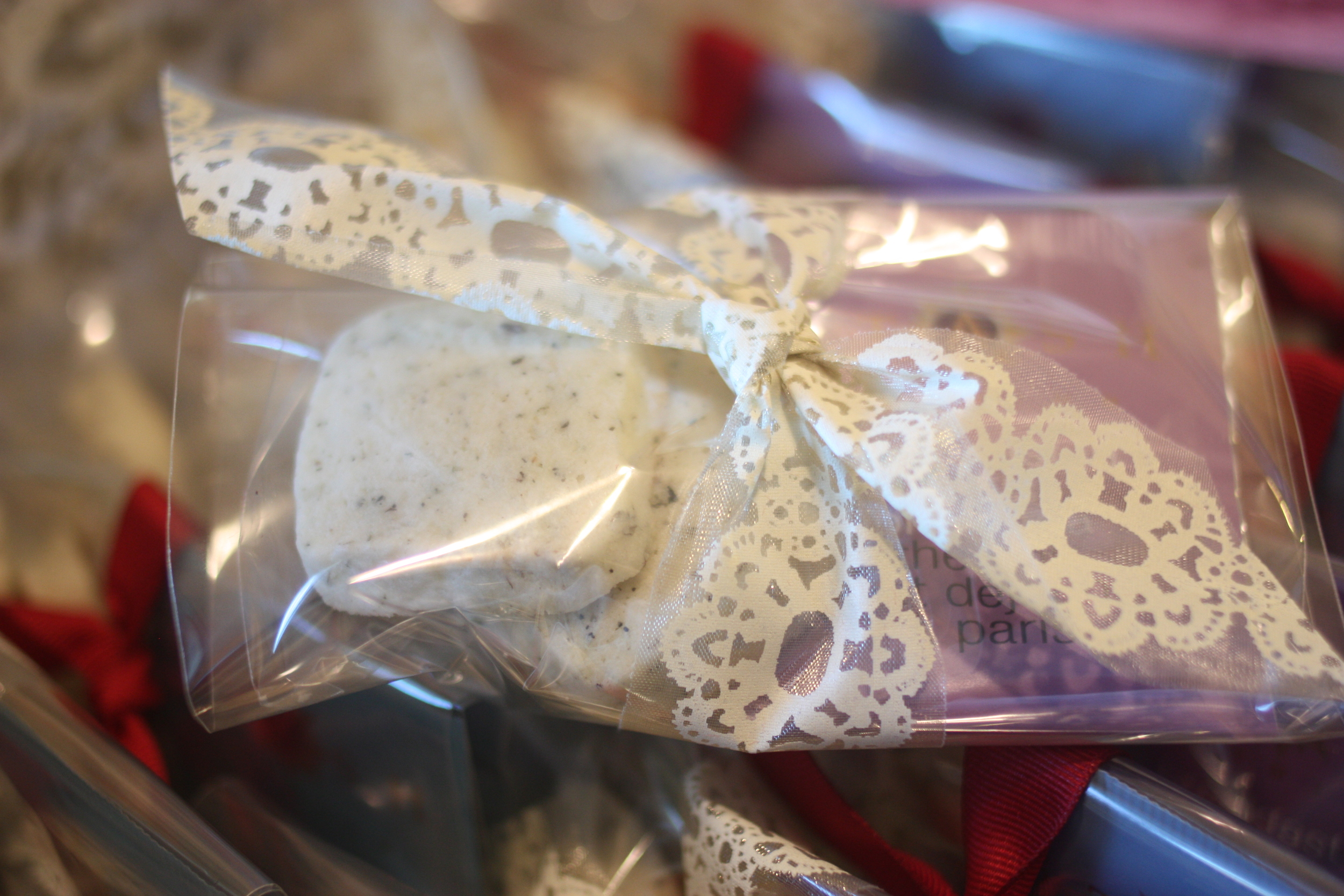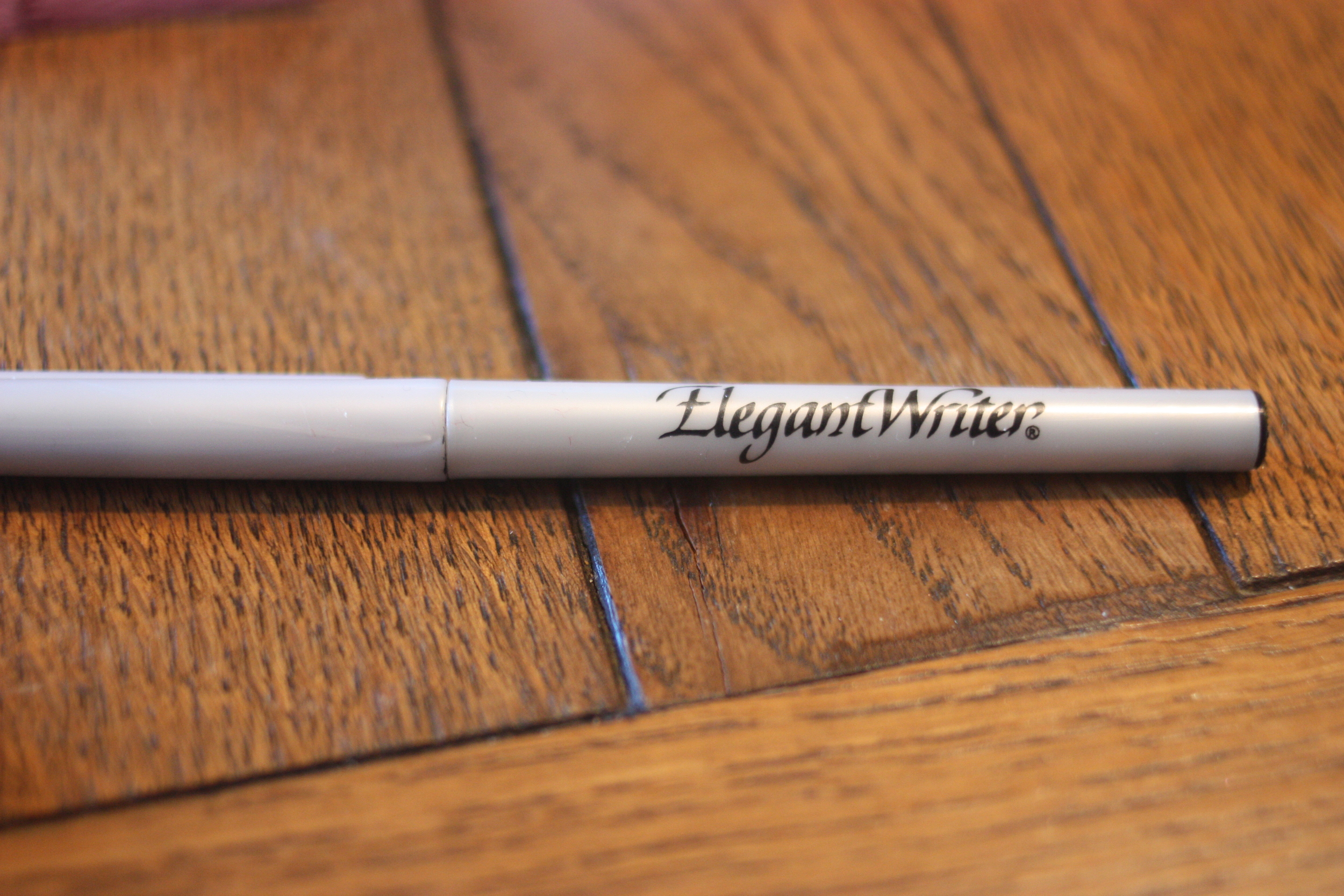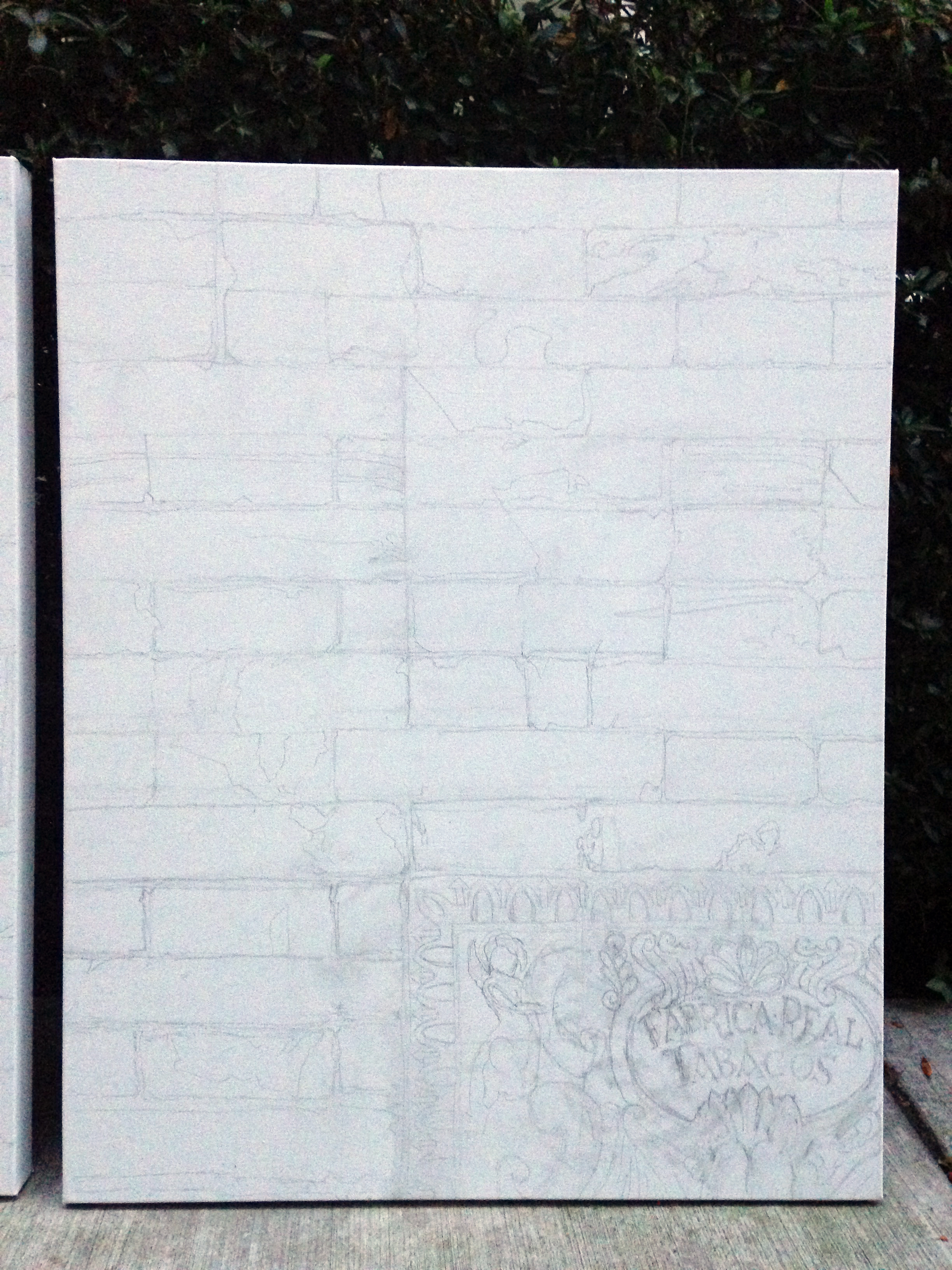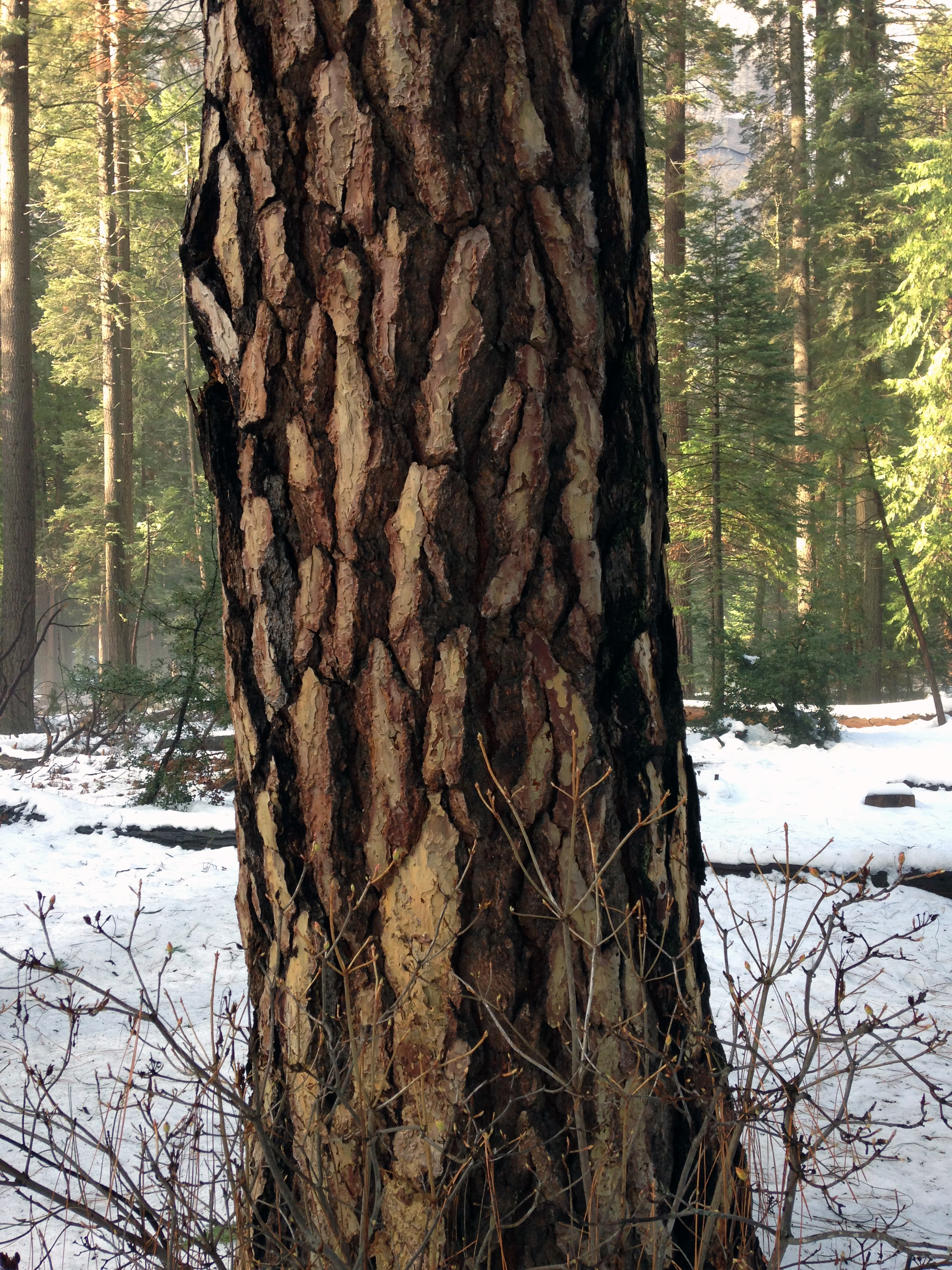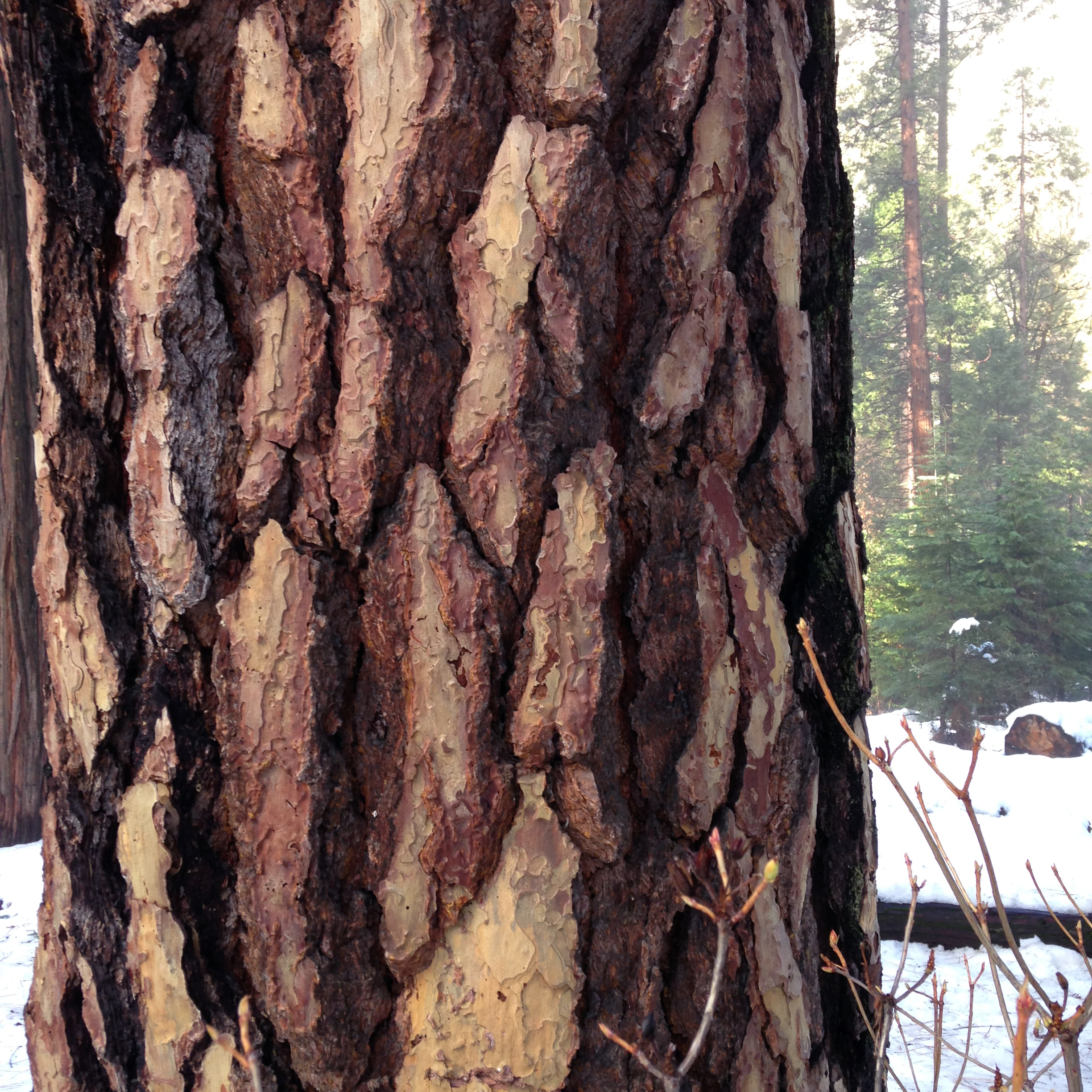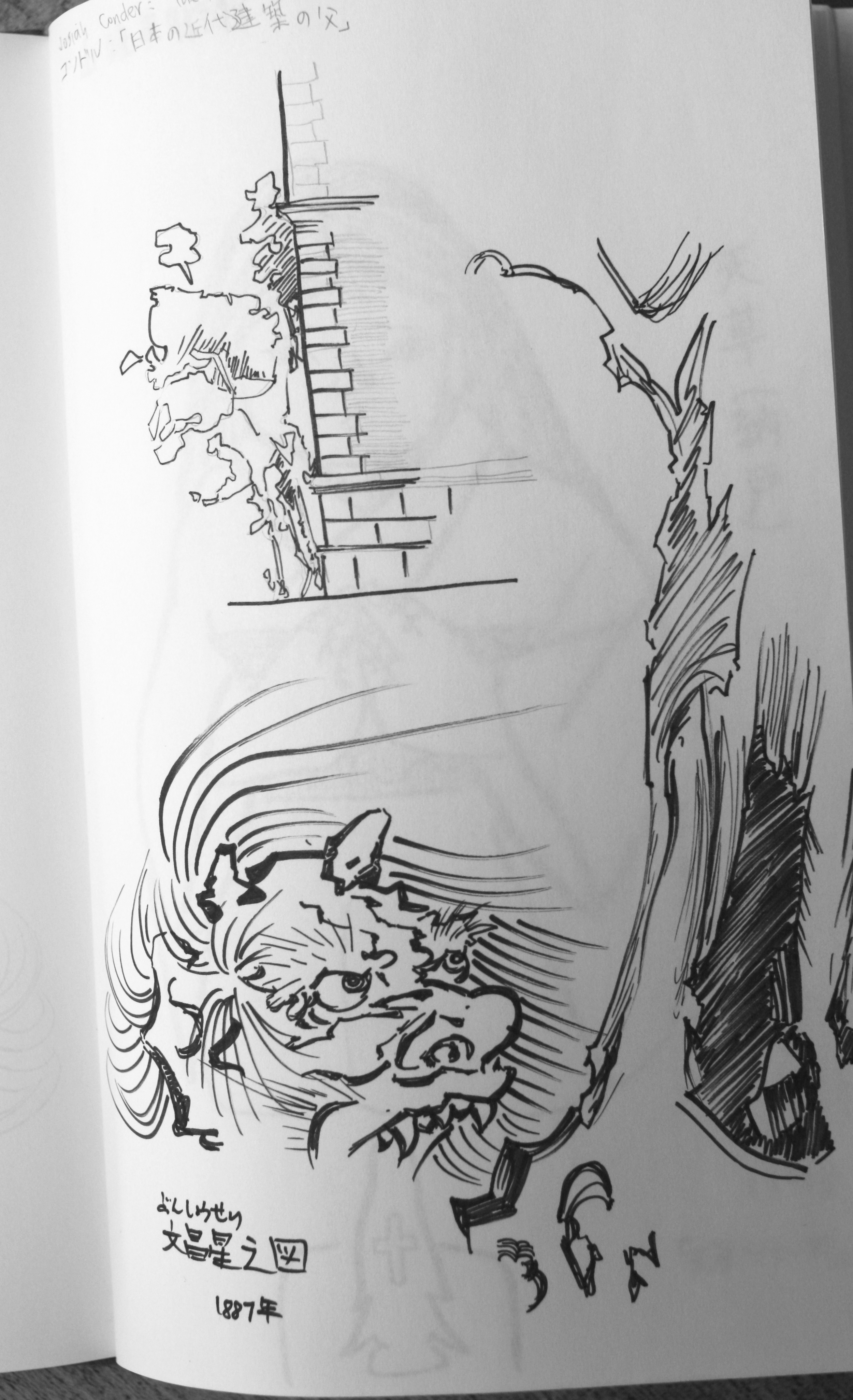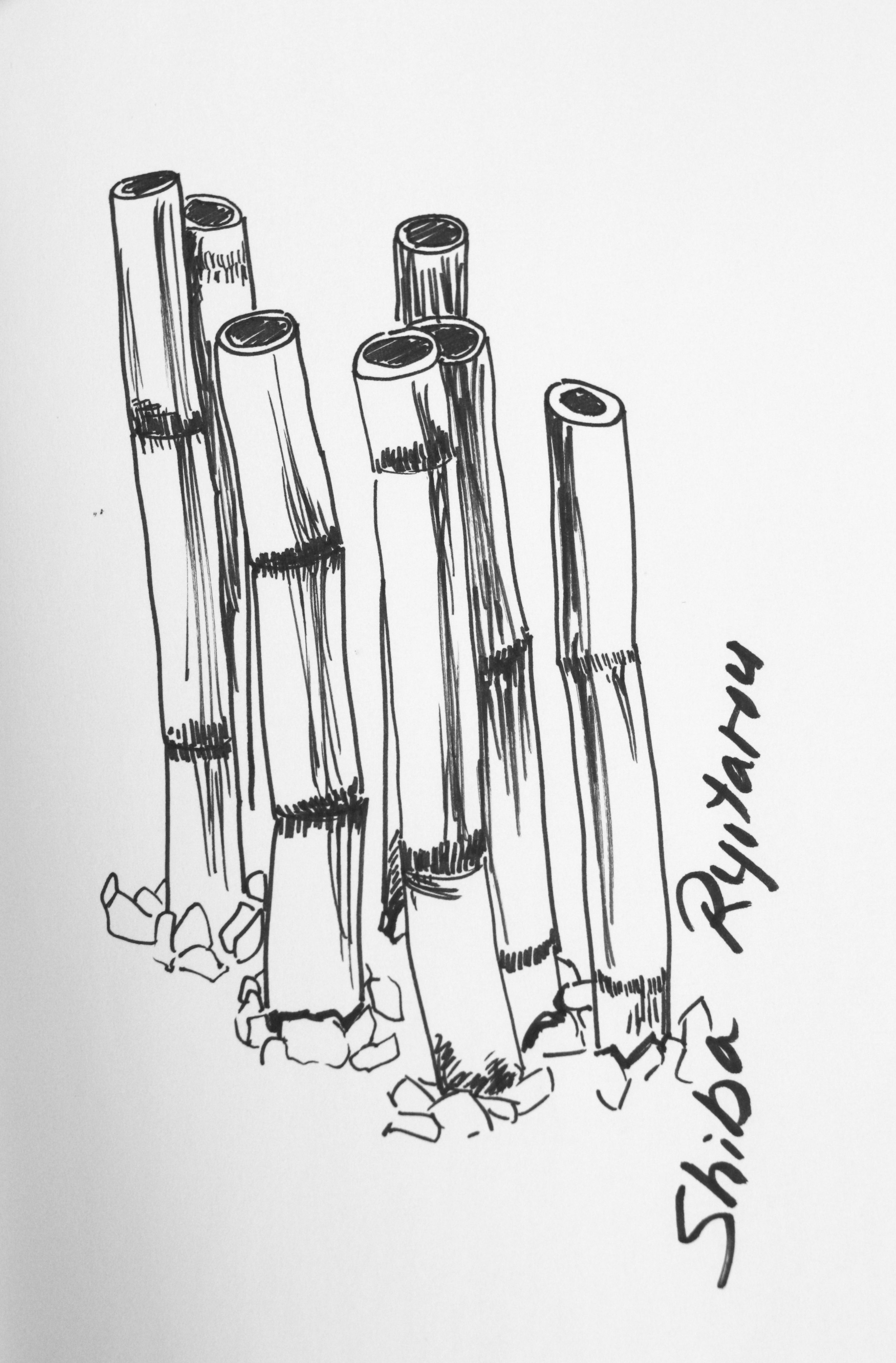There are seasons when ideas are abundant beyond humanly-possible hours to create, and seasons when it feels like there may never again be another good idea in my tired mind.
I lean towards the latter season now, most likely related to caring for 2 little ones. They fill the days with joy AND expend all my energy (including, but not limited to physical energy). But over the years, I’ve become less and less bothered by these “dry” seasons because I now see that they’re a normal part of creative process, and this season will pass.
In the meantime, instead of throwing in the towel and giving up painting (which I could never do as long as I’m physically capable), the best thing for me to do is to keep painting what’s familiar.
The inspiration for this recent plum blossom painting came from a trade with an artist friend I met on Instagram. She painted an origami t-rex for Mia, and I decided to paint one of her favorite flowers in return.
Since my mind is lacking lively ideas, I needed outside inspiration and went to my trusted color palette book.
The book Nihon no haishoku is available on Amazon so maybe you can order it through a local bookstore too. I’ve referenced this book countless times for watercolor painting palette ideas. It’s in Japanese and English.
I used the color palette from the left photo (below) that I had bookmarked before. For the composition and blossom design, I used the right photo.
I also referenced another painting of quince blossoms I painted last year since I was very close to choosing plum blossoms instead. (Last year I ended up choosing quince blossoms because of the blooming season with the early-blooming cherry blossoms I paired them with.) I used the same style and method, leaving white space between each highly pigmented petal.
The changes included a new color palette and new composition. I painted in silence as I often do, and an hour later I had this finished painting on my desk.
Here are a few tips to find inspiration when you hit a creative rut:
Talk to an artist friend and take interest in what they’re making. (Not for comparison, but for encouragement and to get outside your head.)
Think about painting for someone else. (Most of my new ideas have come from wanting to share something or thinking about what to give someone.)
Start with a short studio session. (I chose 1 solid hour while my toddler was in a class and the baby napped so it was short enough to not be overwhelming but long enough to finish a small piece.)
Do something familiar. (The flowers were similar to a painting from last year.)
Use outside references, especially ones that have helped before. (In my case it was this color palette book. I also borrowed a few art books from the library for later.
I also borrowed books from the library for later and am looking forward to browsing these 2 I came across for more ideas:
A Big Important Art Book (Now with Women): Profiles of Unstoppable Female Artists--and Projects to Help You Become One by Danielle Krysa, also known as The Jealous Curator
Flower Power: The Meaning of Flowers in Asian Art by Dany Chan, from the collection at the Asian Art Museum.
What has helped you through a creative rut?
Blossoms 16x12” 2021

